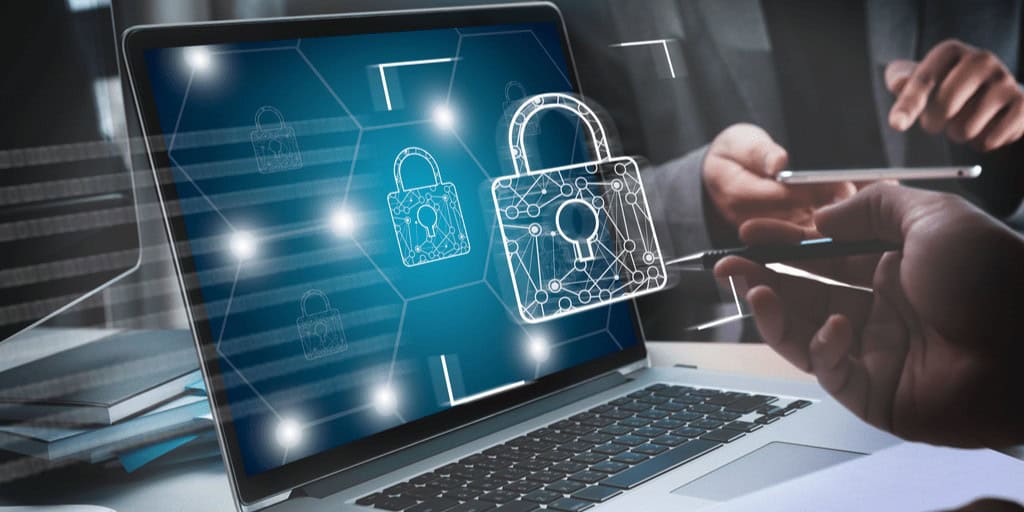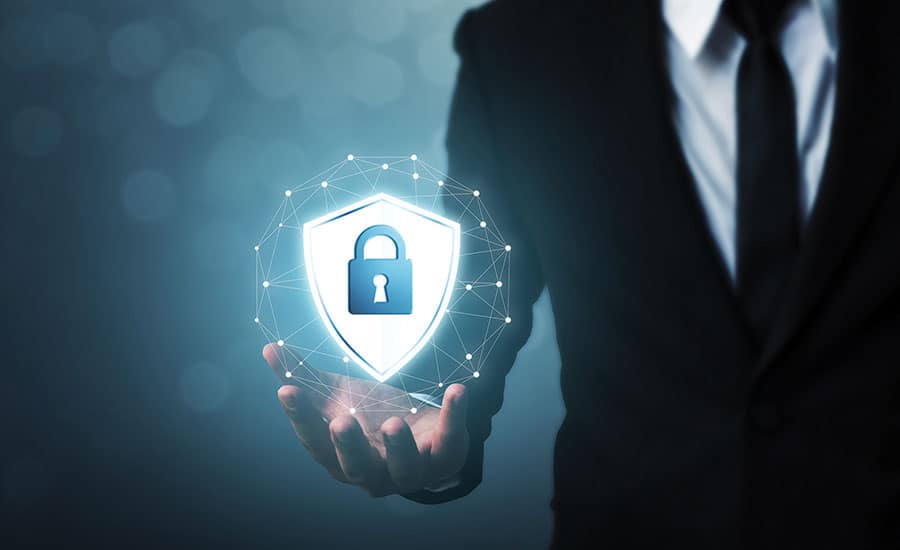In safeguarding sensitive information and resources, access control plays a vital role in ensuring the integrity and security of an organization's assets. Understanding the fundamentals of access control is essential for implementing robust security measures that protect against unauthorized access and potential breaches.
Defining Access Control
Access control refers to the process of managing and restricting access to a system or physical space based on the identity and permissions of individuals or entities. In the context of IT support, access control is crucial for ensuring that only authorized personnel can access sensitive data and systems. By defining who is allowed to access specific resources and under what conditions, access control systems help prevent unauthorized entry and mitigate security risks.
Importance of Access Control in Security
The significance of access control in security cannot be overstated. By implementing access control measures, organizations can achieve the following benefits:
- Enhanced Security: Access control systems limit access to sensitive data and areas, reducing the risk of unauthorized intrusion and data breaches.
- Data Protection: By restricting access based on user roles and permissions, organizations can protect confidential information from being accessed or modified by unauthorized users.
- Compliance: Access control systems help organizations comply with industry regulations and data protection laws by ensuring that access to sensitive data is restricted to authorized personnel only.
- Audit Trail: Access control systems provide a detailed audit trail of user activity, allowing organizations to track who accessed specific resources and monitor for any suspicious behavior.
Types of Access Control Systems
In security, access control plays a vital role in safeguarding sensitive information and resources. Understanding the different types of access control systems is crucial for implementing an effective security strategy. Let's delve into three main types of access control systems: Role-Based Access Control (RBAC), Discretionary Access Control (DAC), and Mandatory Access Control (MAC).
Role-Based Access Control (RBAC)
Role-Based Access Control (RBAC) is a widely used access control model that assigns access rights based on the roles of individual users within an organization. In RBAC, permissions are linked to specific roles, and users are granted access based on their assigned role. This hierarchical approach streamlines access management by simplifying the process of granting and revoking permissions.
| User Role | Permissions |
| Administrator | Full access to all systems and data |
| Manager | Access to specific reports and employee records |
| Employee | Access to essential tools and company resources |
| Guest | Limited access to public information |
RBAC enhances security by ensuring that users only have access to the resources necessary for their role, reducing the risk of unauthorized access and data breaches.
Discretionary Access Control (DAC)
Discretionary Access Control (DAC) is a more flexible access control model where users have control over the permissions they grant to other users. In DAC, each user determines who can access their resources and what level of access they have. This decentralized approach empowers users to manage their own access rights, making it suitable for small-scale environments.
With DAC, users can grant or revoke permissions as needed, enabling quick adjustments to access levels without administrative intervention. While DAC provides individual users with autonomy over their resources, it can lead to inconsistencies in access control if not managed carefully.
Mandatory Access Control (MAC)
Mandatory Access Control (MAC) is a stringent access control model commonly used in high-security environments, such as government agencies and military organizations. In MAC, access decisions are determined by security policies defined by the system administrator. Users have no control over their access permissions, which are enforced by the system based on predefined rules.
MAC operates on the principle of need-to-know, where access is granted on a need-only basis to prevent unauthorized disclosure of sensitive information. By strictly controlling access rights, MAC minimizes the risks associated with insider threats and unauthorized data access.

Components of Access Control
Within the realm of security, access control comprises several fundamental components that work together to safeguard sensitive information and resources. These key components include authentication, authorization, and audit.
Authentication
Authentication serves as the initial line of defense in access control by verifying the identity of users before granting them entry to a system or network. This process involves validating credentials provided by users, such as usernames and passwords, biometric data, security tokens, or smart cards.
It's essential to implement robust authentication methods to ensure that only authorized individuals have access to protected assets. By incorporating multi-factor authentication, organizations can add an extra layer of security, requiring users to provide more than one form of identification for verification.
Authorization
Once a user's identity has been authenticated, the next step in the access control process is authorization. Authorization determines the level of access that an authenticated user has to specific resources within a system. By defining access permissions based on roles, groups, or individual users, organizations can enforce restrictions and prevent unauthorized access to sensitive data.
Implementing a well-defined authorization framework helps organizations maintain control over who can view, modify, or delete information, minimizing the risk of internal and external threats. Regularly reviewing and updating access privileges based on changing roles or responsibilities is crucial for maintaining a secure environment.
Audit
The audit component of access control plays a critical role in monitoring and recording user activities within a system or network. By generating detailed access logs and reports, organizations can track user behavior, detect suspicious activities, and investigate security incidents effectively.
Audit trails provide valuable insights into access patterns, unauthorized access attempts, and potential security breaches. By analyzing audit data, organizations can identify security gaps, enforce compliance with regulatory requirements, and strengthen overall security posture.
Access Control Best Practices
In ensuring the security of your IT systems and data, implementing access control best practices is paramount. By following established guidelines and procedures, organizations can enhance their security posture and mitigate potential risks. In this section, we will delve into three key access control best practices: regular access reviews, two-factor authentication, and data encryption.
Regular Access Reviews
Regular access reviews are essential for maintaining the integrity of your access control systems. By periodically reviewing user access rights and permissions, organizations can identify and address any unauthorized access or potential security vulnerabilities. Through these reviews, IT administrators can ensure that access privileges align with job roles and responsibilities, reducing the risk of unauthorized data breaches.
| Benefits of Regular Access Reviews |
| Enhanced security posture |
| Improved compliance with regulations |
| Mitigation of insider threats |
| Identification of dormant accounts |
Two-Factor Authentication
Two-factor authentication (2FA) provides an additional layer of security by requiring users to provide two forms of verification before granting access to a system or application. This typically involves something the user knows (e.g., a password) and something the user has (e.g., a unique code sent to their mobile device). By implementing 2FA, organizations can significantly reduce the risk of unauthorized access, even if passwords are compromised.
| Advantages of Two-Factor Authentication |
| Increased security against unauthorized access |
| Protection against password-related attacks |
| Compliance with regulatory requirements |
| Enhanced user authentication process |
Data Encryption
Data encryption is a vital component of access control that helps safeguard sensitive information from unauthorized access or interception. By encrypting data both at rest and in transit, organizations can ensure that even if a breach occurs, the data remains unintelligible to unauthorized parties. Strong encryption algorithms and protocols play a crucial role in maintaining the confidentiality and integrity of sensitive data.
| Benefits of Data Encryption |
| Protection of sensitive information |
| Compliance with data privacy regulations |
| Secure transmission of data |
| Mitigation of data breaches |
Incorporating regular access reviews, implementing two-factor authentication, and utilizing data encryption, organizations can bolster their access control measures and bolster their defense against cyber threats. These best practices form a solid foundation for maintaining a secure and resilient IT environment, safeguarding critical assets and ensuring the confidentiality and integrity of data.

Redefine Your IT Approach with LK Tech
Incorporating biometric access control, cloud-based systems, and artificial intelligence is shaping the future of security by offering heightened protection, efficiency, and flexibility for organizations striving to improve their security framework in today’s digital world. At LK Tech IT company in Cincinnati, we provide top-notch support tailored to your specific needs, ensuring your systems are secure and running smoothly. For more information on partnering with an experienced IT company. Contact us today to discover how we can assist your business.


